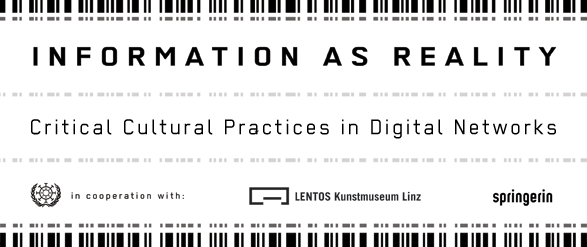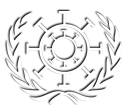
Conference and Exhibition
Place: Lentos Kunstmuseum Linz
Conference Program
Date: Sept. 3, 2014
13:00 Doors open
13:15 – 13:30 Welcome and Intro
With: Konrad Becker / WII, Christian Höller / Springerin, Stella Rollig / LENTOS Kunstmuseum Linz, Felix Stalder / WII
13:30 – 15:00 DIY, Digital Biedermeier or New Cultural Paradigm
In recent years, the DIY culture received increased attention. Inspired by cheaper new production machines (eg 3D Printer) and freely available knowledge online things which were made recently only in industrial plants and by specialists have moved into the realm of ”doing it yourself”. This development is accompanied by a typical rhetoric of radical change (eg 3rd industrial revolution) and empowerment. But then the practical results are every so often reminiscent of a digital Biedermeier, quaintly produced small series of more or less useful design. What does this contradiction mean? Where is guerilla engineering and civil social appropriation of know-how turning into a self-referential zone of handicraft?
15:15 – 16:45 Kulturpolitik als Gesellschaftspolitik (in German)
Grund um Grundeinkommen, Urheberrecht und Recht auf Remix ist in den letzten Jahren eine breite Diskussion entstanden, die kulturpolitische Fragen in einem breiten gesellschaftspolitischen Kontext verorten. Verhandelt werden nicht Geschäftsmodelle sondern die Grundsätze einer offenen Informationsordnung.
- Ilja Braun, iljabraun.de
- Leonhard Dobusch, dobusch.net
- Andrea Hummer, eipcp.net
16:45 – 17:15 Break
17:15 – 18:15 Keynote: Steve Kurtz, Critical Art Ensemble:
Media Culture between Creative Industries and White Cube
Media culture has long understood itself as a hybrid practice, trans-disciplinary and located between defined genres. In recent years many forms of media culture have been forced into the Creative Industries paradigm. Others have ventured into the art world and come to terms with the White Cube and its conventions. This development seems to restrict the degrees of freedom of cultural interaction and its permeability and limits the space of the possible. What forces are at work here, and what logic is driving this effects? And are there other ways?
Respondents
- Konrad Becker, world-information.net
- Ushi Reiter, servus.at
18:30 – 20:00 Critical Art in Digital Networks?
Since the 1960s, important positions and movements in art were understood as “political” and “critical” towards art institutions and social power relations. This also includes many artists who work with advanced technologies. Meanwhile the art system has differentiated further. Today political content does not stand in the way of a successful career; quite on the contrary, it is ever more often part of a strategic positioning in the market. How did that happen, and what can critique mean in art practice today? How they must start in order not to be subject to the pervasive logic of utilization of difference?
- !Mediengruppe Bitnik, bitnik.org
- Marko Peljhan, projekt-atol.si
- Marion Hamm, Universität Graz
An event of the World Information Institute, in cooperation with Springerin, Hefte für Gegenwartskunst, Lentos Museum and Ars Electronica.
Short Bios: here
